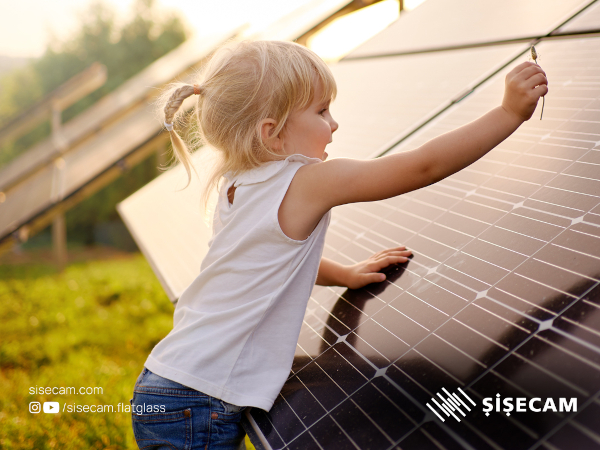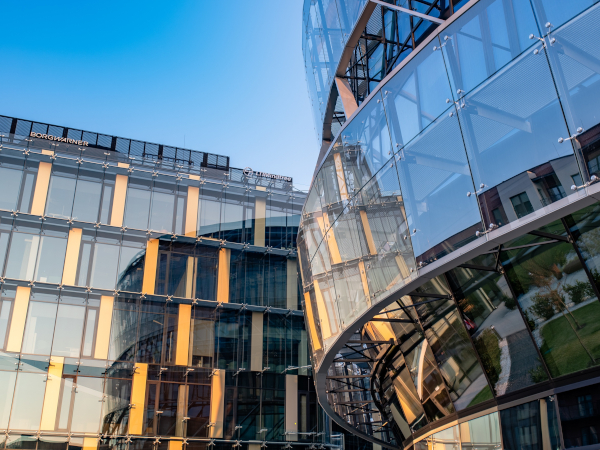Date: 17 August 2012
Newport Corporation’s Technology & Applications Center’s Photovoltaic (TAC-PV) Laboratory has tested Dyesol's next generation DSC ‘strip cell’ active area at 7.48% efficiency at one-third Sun - typical lower-light, real-world light conditions. The TAC-PV Lab is accredited by the American Association for Laboratory Accreditation (A2LA) to ISO/IEC 17025, American Society for Testing Materials (ASTM) standard E948, IEC 60904-3 ed. 2 and ASTM E1021.
With performance confirmed and an initial proof-of-concept phase nearing completion, Dyesol Inc.’s joint venture operation in Ohio, USA, DyeTec Solar, expects to relocate and expand its workshop to allow the Company to enter the testing-validation and prototype development phase which will confirm product performance in building integrated applications. This is the last phase before the venture expects to commence product development of a DSC enabled glass building façade product for commercial demonstration.
With continued Ohio Third Frontier funding, it is anticipated that the testing-validation and prototype development phase will take 12 to 18 months, during which time the DyeTec Solar team will focus on material evaluation, design, finalizing low cost manufacturing procedures and producing a limited quantity of façade product.
“Dyesol scientists have been achieving very high low-light conversion efficiency performance for some time now, but getting third-party, external validation that our DSC ‘strip cells’ are achieving performance levels nearing seven and a half per cent in low light reinforces the extraordinary commercial potential of DSC as a green value-add technology,” Dyesol Executive Chairman Mr Richard Caldwell stated.
Commenting on what has been achieved in such a short time frame in the USA, Mr Marc Thomas, the head of Dyesol’s American subsidiary, Dyesol Inc., states: “The Ohio team has made remarkable progress considering we work in a non-laboratory, workshop environment with a Dyesol equipment set commissioned less than 12 months ago. Leveraging DyeTec Solar’s process and design technology for high performing large area devices and Dyesol's next generation high performance DSC material set will allow the DyeTec Solar joint-venture to establish a strong and competitive position in the emerging, billion dollar plus building integrated photovoltaics market”.
Dye Sensitized Solar Cell technology is a third generation photovoltaic technology that differs substantially from first generation, silicon solar cells, and second generation, thin film technologies – it uses discrete layers of materials (dyes, titanium dioxide nanoparticles, and catalysts) that amount to a thickness around 50 to 100 times thinner than the human hair.
The advantages of Dye Sensitized Solar Cell technology include the use of non-toxic, widely-available raw materials, lower energy and lower cost manufacturing processes, and its excellent performance in real-world, lower-light solar conditions, i.e. cloudy days, hazy/polluted days, dappled light, shade, dawn and dusk. Plus DSC offers a range of aesthetic options including variations in coloration and transparency which offer beautiful solutions for power generating glass in the building integrated photovoltaics sector.
More information on www.dyesol.com.







Add new comment